Emergence of 5G Technology
The rollout of 5G technology is poised to revolutionize communication systems, creating a significant opportunity for the Crystal Oscillators Market. 5G networks require highly accurate timing solutions to manage the increased data rates and reduced latency. As telecommunications companies invest heavily in infrastructure to support 5G, the demand for crystal oscillators is expected to surge. The market for 5G technology is anticipated to reach hundreds of billions of dollars by 2025, which could lead to a corresponding increase in the need for crystal oscillators that meet the stringent performance requirements of next-generation networks. This trend suggests a promising outlook for the Crystal Oscillators Market.
Expansion of Consumer Electronics
The consumer electronics sector is experiencing a remarkable expansion, which serves as a substantial driver for the Crystal Oscillators Market. With the increasing production of smartphones, tablets, and wearable devices, the need for compact and efficient crystal oscillators is more pronounced. In 2025, the consumer electronics market is expected to surpass several hundred billion dollars, with crystal oscillators playing a crucial role in enhancing device performance and energy efficiency. This growth not only underscores the importance of crystal oscillators in modern electronics but also suggests a sustained demand that could propel the Crystal Oscillators Market forward in the coming years.
Increasing Adoption of IoT Devices
The proliferation of Internet of Things (IoT) devices is a pivotal driver for the Crystal Oscillators Market. As more devices become interconnected, the demand for precise timing solutions escalates. Crystal oscillators are integral in ensuring synchronization and stability in these devices, which range from smart home appliances to industrial automation systems. The market for IoT devices is projected to reach trillions of units by 2025, thereby significantly boosting the need for reliable crystal oscillators. This trend indicates a robust growth trajectory for the Crystal Oscillators Market, as manufacturers strive to meet the rising demand for high-performance oscillators that can support the functionalities of diverse IoT applications.
Growth in Aerospace and Defense Sector
The aerospace and defense sector is witnessing a surge in demand for advanced technologies, which is driving the need for high-performance crystal oscillators. These oscillators are critical for applications such as satellite communications, navigation systems, and radar technologies. The aerospace and defense market is projected to grow significantly, with investments in modernization and new technologies. This growth is likely to enhance the demand for crystal oscillators, as they provide the necessary precision and reliability for mission-critical applications. Consequently, the Crystal Oscillators Market stands to gain from the increasing focus on advanced aerospace and defense solutions.
Rising Demand in Automotive Applications
The automotive industry is undergoing a transformation, with a growing emphasis on advanced technologies such as electric vehicles and autonomous driving systems. This shift is driving the demand for crystal oscillators, which are essential for various automotive applications, including navigation systems, infotainment, and safety features. The automotive sector is projected to witness a compound annual growth rate that could exceed 10% by 2025, indicating a robust market for crystal oscillators. As vehicles become increasingly reliant on electronic systems, the Crystal Oscillators Market is likely to benefit from this trend, as manufacturers seek to integrate high-precision timing solutions into their designs.
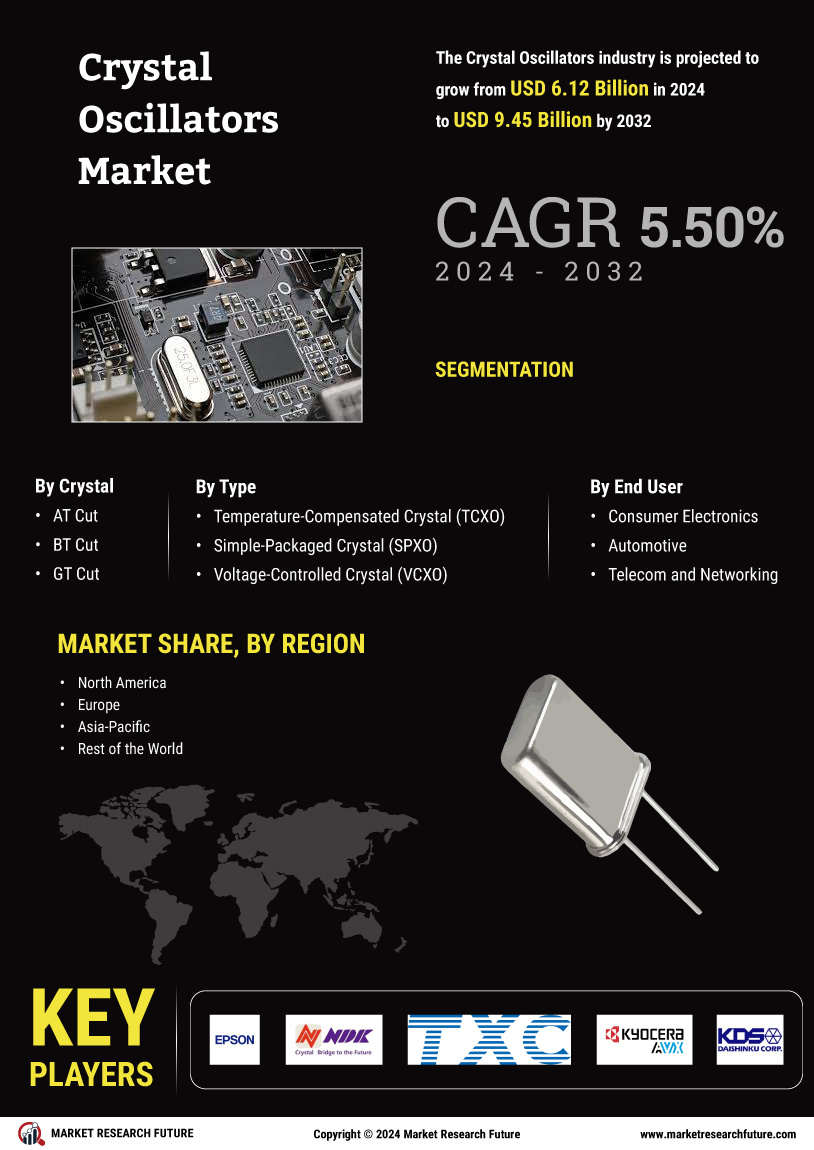


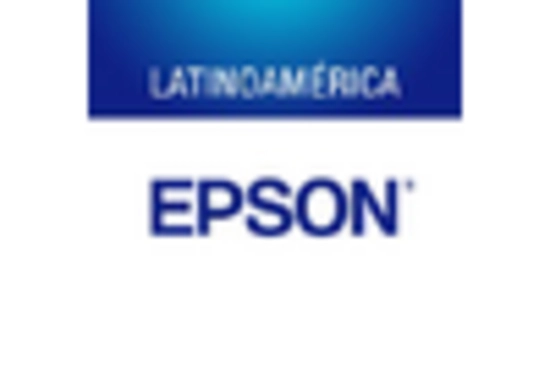
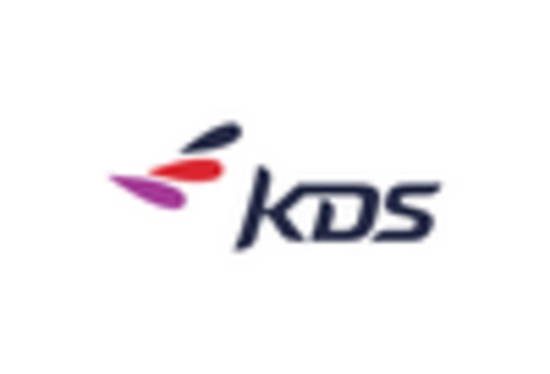
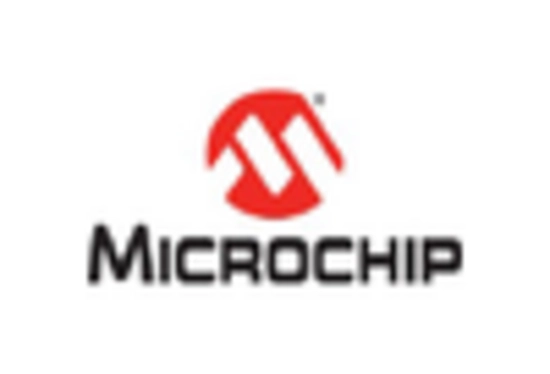
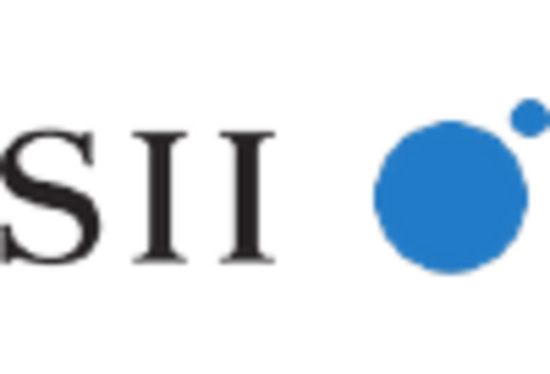









Leave a Comment